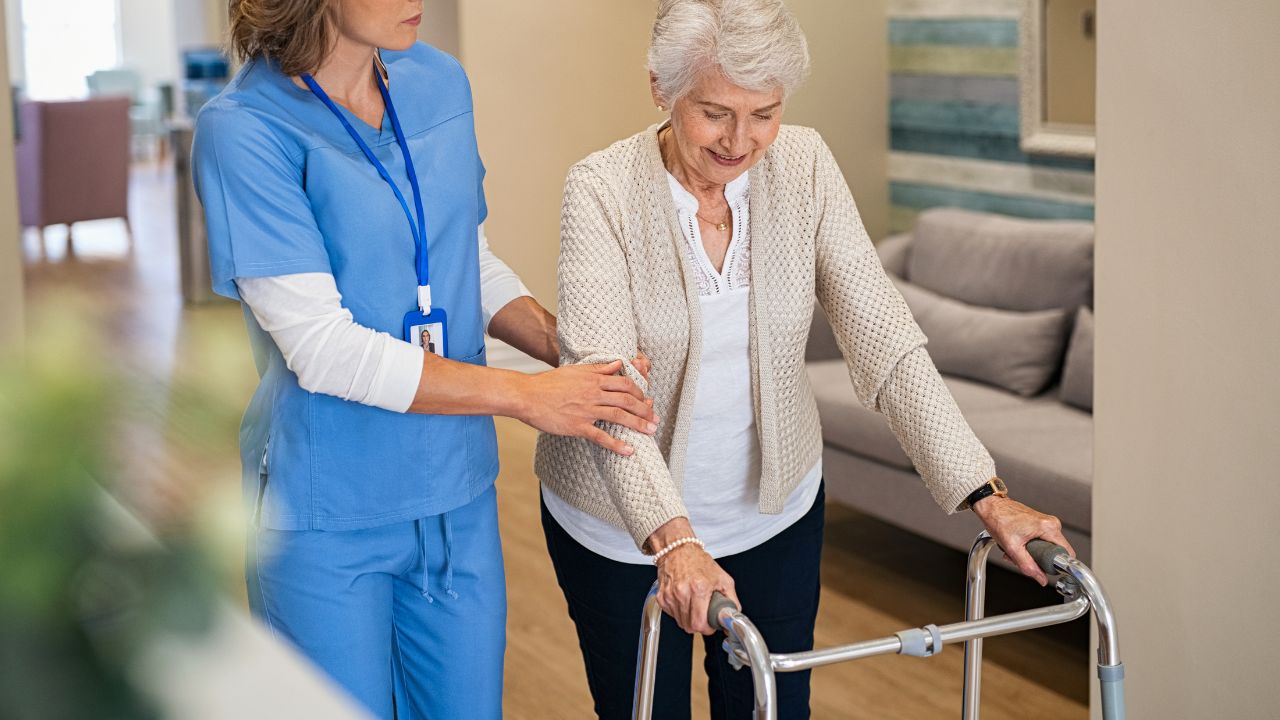Ageing process has its own nuances, one of them is hip fractures in older people. Since it is an important area of eldercare hence a bit of layman’s desk research is being shared.
Worldwide hip fractures are projected to increase from 1.7 million in 1990 to 6.3 million in 2050. The projected increases are primarily the result of an ageing population and increased life expectancy, particularly in India and China.
According to studies from India, the crude incidence of hip fracture was 105 and 159 per 100,000 among men and women, respectively and 1-year mortality was 42%. A report estimated an annual incidence of 600,000 osteoporotic hip fractures in India.
As per research, most hip fractures sustained by older people result from falls. Hip fractures are difficult to recover from, and many patients cannot live independently once they do. A hip fracture is a major injury with a very high fatality risk.
75% of all hip fractures happen to women. More women than males experience falls. Osteoporosis, a condition that weakens bones and increases the risk of fracture, affects women more frequently than males.
According to statistics, falling is the main cause of more than 95% hip fractures. So the menace of hip fractures will be very significant in the future.
Caring for an elderly parent who is suffering due to a hip fracture can be a demanding task. It is not only painful to see our loved ones being bedridden and in pain but also makes us feel helpless.
To ensure that as caregivers we don’t further aggravate their existing pain, hence it is critical that the care staff and/or family caregivers are aware about the basic management of geriatric hip fractures.
Resource document, “Hip Fracture Handbook” published by Hackensack University Medical Center, is a short and simple read.
The material/information in the handbook is provided for informational use only and is not intended to be medical advice.
The document can be downloaded here (Hip Fracture Handbook) or can be viewed below
